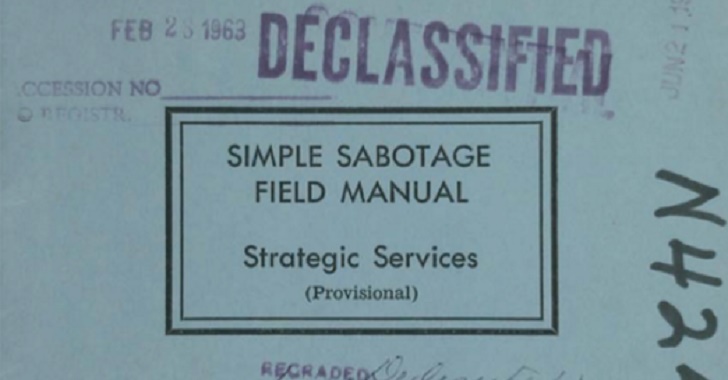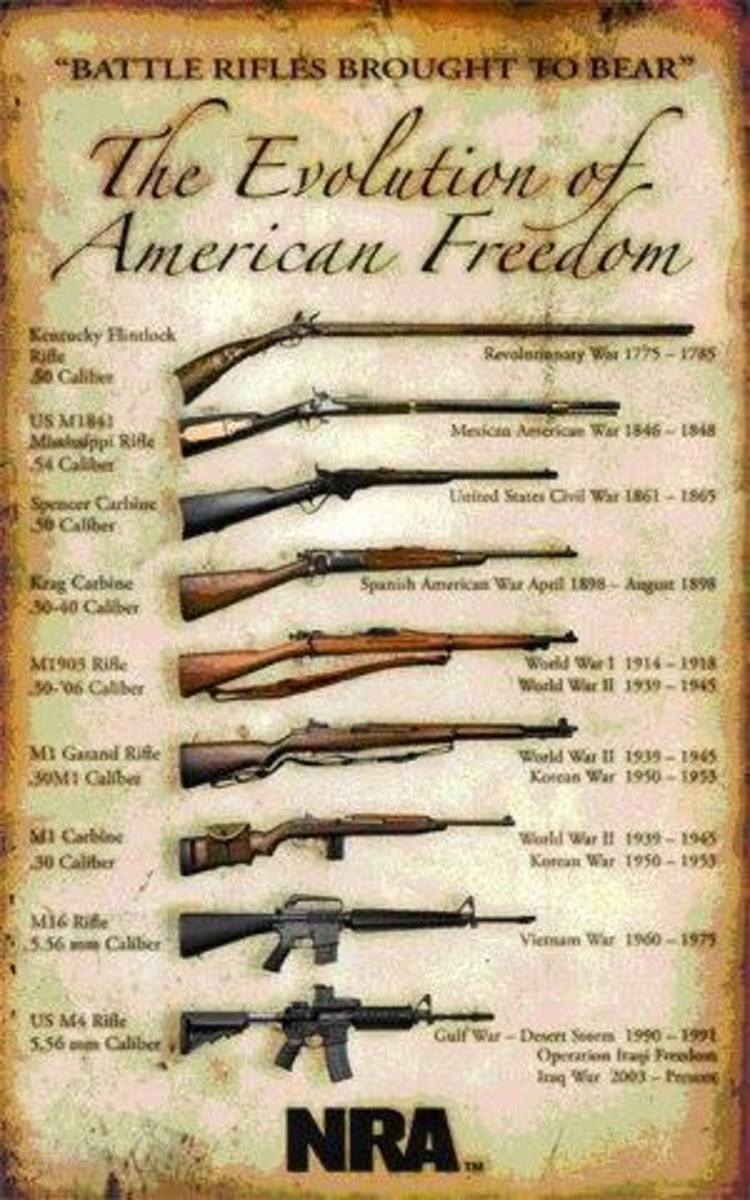Tag: The United States Of America
Flag Etiquette
- The flag should never be dipped to any person or thing. It is flown upside down only as a distress signal.
- The flag should not be used as a drapery, or for covering a speakers desk, draping a platform, or for any decoration in general. Bunting of blue, white and red stripes is available for these purposes. The blue stripe of the bunting should be on the top.
- The flag should never be used for any advertising purpose. It should not be embroidered, printed or otherwise impressed on such articles as cushions, handkerchiefs, napkins, boxes, or anything intended to be discarded after temporary use. Advertising signs should not be attached to the staff or halyard
- The flag should not be used as part of a costume or athletic uniform, except that a flag patch may be used on the uniform of military personnel, fireman, policeman and members of patriotic organizations.
- The flag should never have placed on it, or attached to it, any mark, insignia, letter, word, number, figure, or drawing of any kind.
- The flag should never be used as a receptacle for receiving, holding, carrying, or delivering anything.
When the flag is lowered, no part of it should touch the ground or any other object; it should be received by waiting hands and arms. To store the flag it should be folded neatly and ceremoniously.
The flag should be cleaned and mended when necessary.
When a flag is so worn it is no longer fit to serve as a symbol of our country, it should be destroyed by burning in a dignified manner.
Note: Most American Legion Posts regularly conduct a dignified flag burning ceremony, often on Flag Day, June 14th. Many Cub Scout Packs, Boy Scout Troops, and Girl Scout Troops retire flags regularly as well. Contact your local American Legion Hall or Scout Troop to inquire about the availability of this service.
Displaying the Flag Outdoors
When it is displayed from the same flagpole with another flag – of a state, community, society or Scout unit – the flag of the United States must always be at the top except that the church pennant may be flown above the flag during church services for Navy personnel when conducted by a Naval chaplain on a ship at sea.
When the flag is displayed over a street, it should be hung vertically, with the union to the north or east. If the flag is suspended over a sidewalk, the flag’s union should be farthest from the building.
When flown with flags of states, communities, or societies on separate flag poles which are of the same height and in a straight line, the flag of the United States is always placed in the position of honor – to its own right.
..The other flags may be smaller but none may be larger.
..No other flag ever should be placed above it.
..The flag of the United States is always the first flag raised and the last to be lowered.
When flown with the national banner of other countries, each flag must be displayed from a separate pole of the same height. Each flag should be the same size. They should be raised and lowered simultaneously. The flag of one nation may not be displayed above that of another nation.
The flag of the United States of America is saluted as it is hoisted and lowered. The salute is held until the flag is unsnapped from the halyard or through the last note of music, whichever is the longest.
The flag of the United States of America should be at the center and at the highest point of the group when a number of flags of states, localities, or societies are grouped for display.
When one flag is used with the flag of the United States of America and the staffs are crossed, the flag of the United States is placed on its own right with its staff in front of the other flag.
When displaying the flag against a wall, vertically or horizontally, the flag’s union (stars) should be at the top, to the flag’s own right, and to the observer’s left.
When the national anthem is played or sung, citizens should stand at attention and salute at the first note and hold the salute through the last note. The salute is directed to the flag, if displayed, otherwise to the music.
The flag is to be flown at half staff in mourning for designated, principal government leaders and upon presidential or gubernatorial order.
When used to cover a casket, the flag should be placed with the union at the head and over the left shoulder. It should not be lowered into the grave.
Declassified CIA Manual Shows How The United States Destabilized Governments
Declassified CIA Manual Shows How US Uses Bureaucracy to Destabilize Governments
When most people think of CIA sabotage, they think of coups, assassinations, proxy wars, armed rebel groups, and even false flags — not strategic stupidity and purposeful bureaucratic ineptitude. However, according to a declassified document from 1944, the Office of Strategic Services (OSS), which later became the CIA, used and trained a curious breed of “citizen-saboteurs” in occupied nations like Norway and France.
The World War II-era document, called Simple Sabotage Field Manual, outlines ways in which operatives can disrupt and demoralize enemy administrators and police forces. The first section of the document, which can be read in its entirety here, addresses “Organizations and Conferences” — and how to turn them into a “dysfunctional mess”:
- Insist on doing everything through “channels.” Never permit short-cuts to be taken in order to expedite decisions.
- Make “speeches.” Talk as frequently as possible and at great length. Illustrate your “points” by long anecdotes and accounts of personal experiences.
- When possible, refer all matters to committees, for “further study and consideration.” Attempt to make the committee as large as possible — never less than five.
- Bring up irrelevant issues as frequently as possible.
- Haggle over precise wordings of communications, minutes, resolutions.
- Refer back to matters decided upon at the last meeting and attempt to re-open the question of the advisability of that decision.
- Advocate “caution.” Be “reasonable” and urge your fellow-conferees to be “reasonable” and avoid haste which might result in embarrassments or difficulties later on.
On its official webpage, the CIA boasts about finding innovative ways to bring about sabotage, calling their tactics for destabilization “surprisingly relevant.” While they admit that some of the ideas may seem a bit outdated, they claim that “Together they are a reminder of how easily productivity and order can be undermined.”
- In a second section targeted at manager-saboteurs, the guide lists the following tactical moves:
- In making work assignments, always sign out the unimportant jobs first. See that important jobs are assigned to inefficient workers.
- Insist on perfect work in relatively unimportant products; send back for refinishing those which have the least flaw.
- To lower morale and with it, production, be pleasant to inefficient workers; give them undeserved promotions.
- Hold conferences when there is more critical work to be done.
- Multiply the procedures and clearances involved in issuing instructions, paychecks, and so on. See that three people have to approve everything where one would do.
Finally, the guide presents protocol for how saboteur-employees can disrupt enemy operations, too:
- Work slowly.
- Contrive as many interruptions to your work as you can.
- Do your work poorly and blame it on bad tools, machinery, or equipment. Complain that these things are preventing you from doing your job right.
- Never pass on your skill and experience to a new or less skillful worker.
The CIA is proud of its Kafkaesque field manual and evidently still views it as an unorthodox but effective form of destabilizing enemy operations around the world. Of course, so too might an anarchist or revolutionary look at such tactics and view them in the context of disrupting certain domestic power structures, many of which are already built like a bureaucratic house of cards.
It seems if any country should refrain from showcasing how easy it is to disrupt inefficient federal agencies, however, it would be the United States.
[pdf-embedder url=”https://commonsenseevaluation.com/wp-content/uploads/2017/01/373489465-Declassified-CIA-Manual-Shows-How-The-United-States-Destabilized-Governments-pdf.pdf”]




